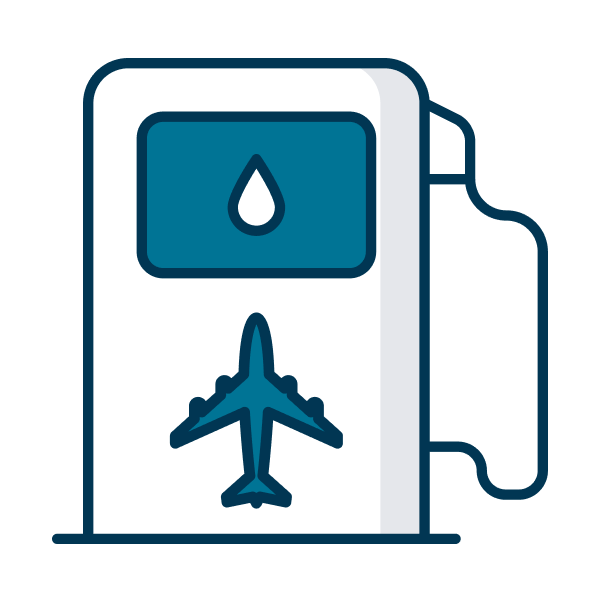Our Vision Is A World Where Sustainability And The Global Economy Work In Harmony
Globally, nations and corporations are proactively pledging to reach Net Zero emissions of greenhouse gases (GHG) by 2050. Voluntary Carbon Markets (VCM) offer a promising avenue toward achieving our critical climate change objectives.
We’re experiencing a pivotal shift as platforms transition from opacity and fragmentation to enhanced transparency and cohesion, propelling us towards a sustainable future.
Getting To Net Zero Requires Total Transformation. Today.
ACX Powers The Future Of Enviromental Markets
Our advanced and highly efficient platform transforms the entire lifecycle of environmental credit ownership for all participants. New levels of transparency are now possible for accelerating sustainability and value creation, today.
Transacted
Active Trading
Members
Countries
Represented
*MtCO2e: Million tonnes of carbon dioxide equivalent

Your Trusted State Of The Art Platform
━━━━━━━━━━━━━━━━━ ●



GLOBAL REACH
ACX, with its global digital exchange, seamlessly connects project developers, corporations, industries and nations worldwide, facilitating access to a diverse array of environmental instruments from across the globe to align with your sustainability objectives.
EFFICIENCY
ACX simplifies the ownership and transaction of environmental instruments using cutting-edge technology, providing a smooth and intuitive experience from purchase to retirement.
TRUST
ACX builds trust by ensuring transparent and consistent fee structures and trade price discovery across a comprehensive range of environmental instruments categories.
We Are
Collaborative
We work with a wide range of registries, national standards agencies, and brokerages that are recognized worldwide.
 We are delighted to be partnering with ACX to perform the independent verification of the carbon credit process that involves an objective assessment of the authenticity and verification of documents.”
We are delighted to be partnering with ACX to perform the independent verification of the carbon credit process that involves an objective assessment of the authenticity and verification of documents.”General Manager, BSI
Committed
We are involved with our customers at every step of the way to make sure they are successful.
 ACX enables TradeFlow to execute on a core part of our climate change and ESG initiative, which is to neutralize shipping-related Carbon Emissions for the commodity export trades we enable for SME firms around the world."
ACX enables TradeFlow to execute on a core part of our climate change and ESG initiative, which is to neutralize shipping-related Carbon Emissions for the commodity export trades we enable for SME firms around the world."DR. TOM JAMES
CEO & CIO
TradeFlow Capital Management









